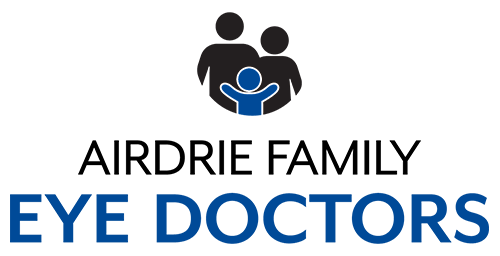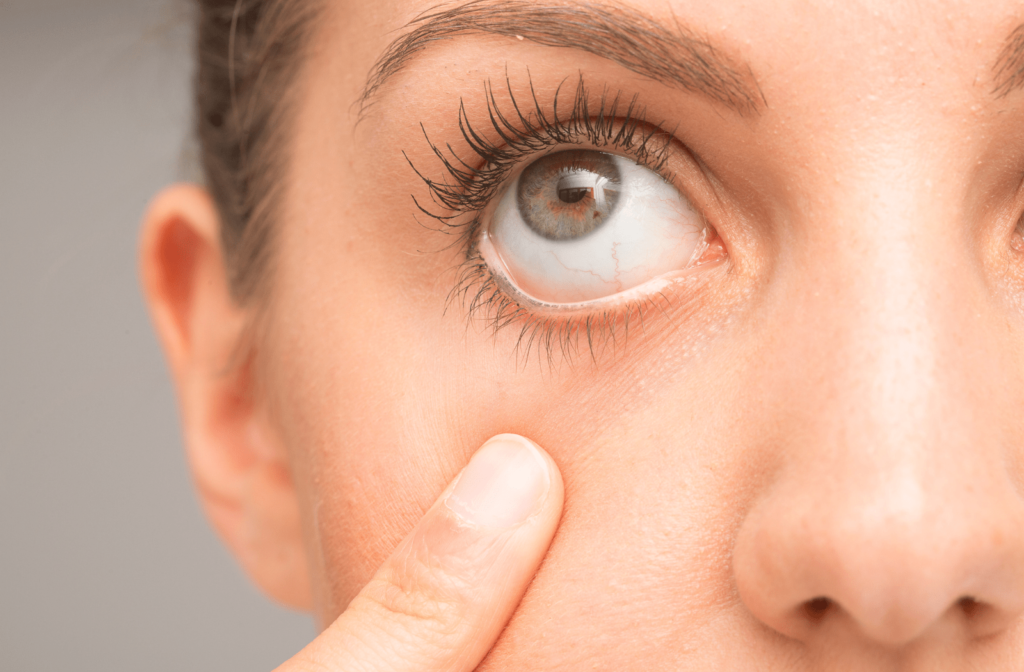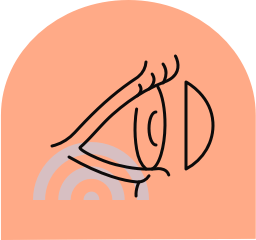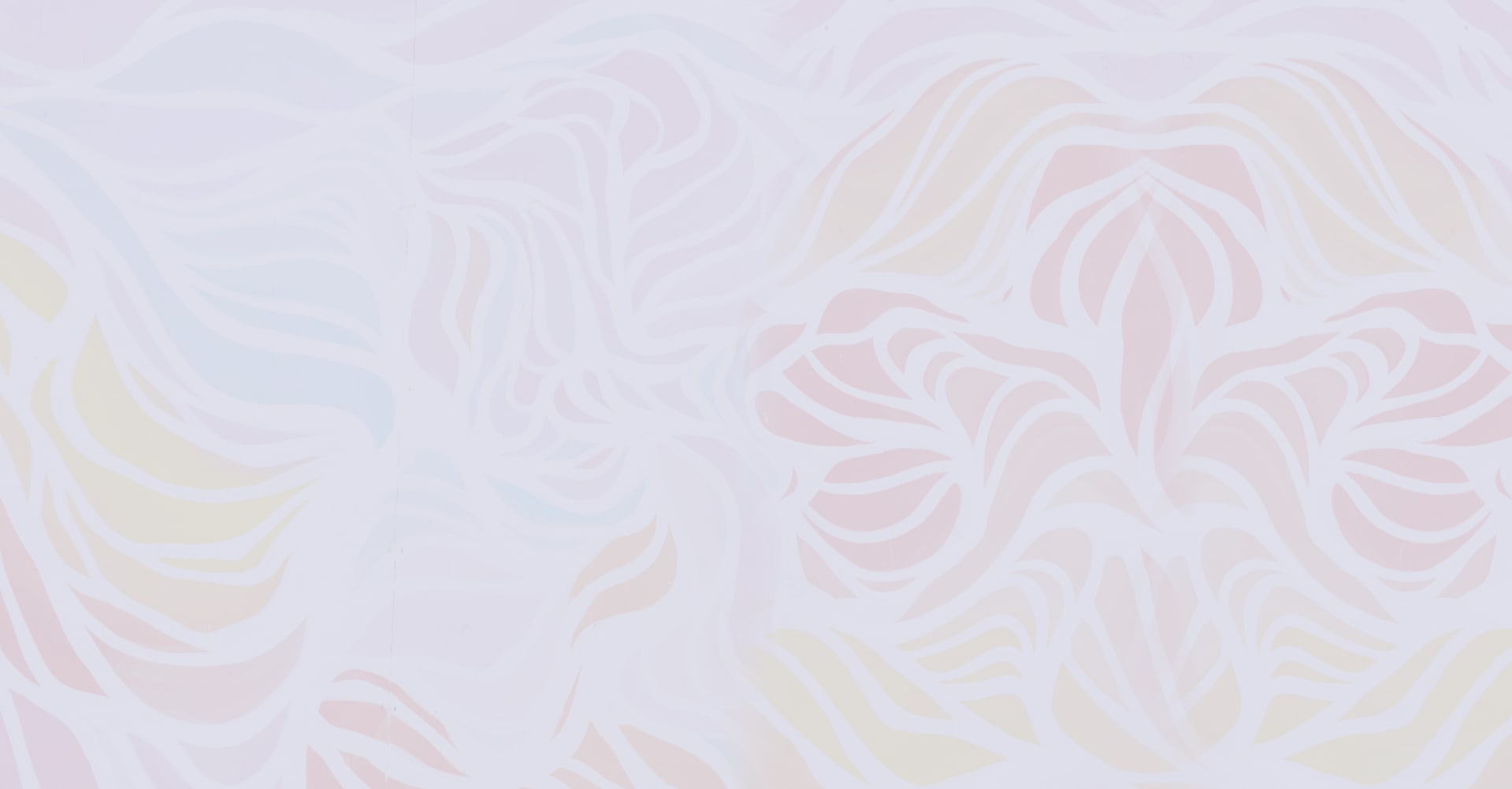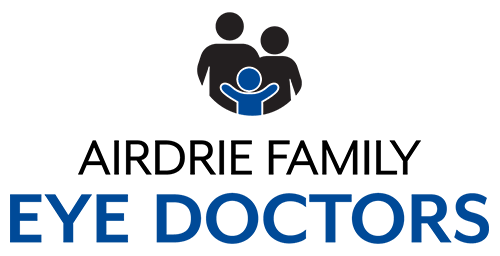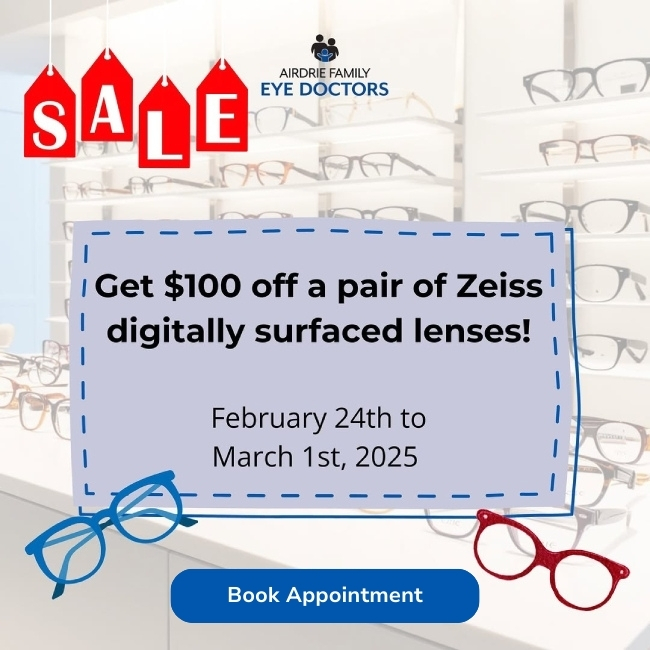Experiencing dry eyes is never pleasant, and finding relief is usually the first thing on your mind. The first step to finding relief is visiting your optometrist for a comprehensive eye exam to get to the bottom of your dry eye symptoms.
But dry eye can come in different forms, like evaporative dry eye. Let’s take a closer look at what evaporative dry eye is, some symptoms, causes, and treatment methods that can help.
Understanding Evaporative Dry Eye
Dry eye syndrome is a vision condition that can occur when your eyes do not produce enough tears to stay hydrated or something goes wrong with the tear production process.
Sometimes your body doesn’t produce enough tears to keep up with the body’s demands, and your eyes become dry or irritated. In other cases of dry eye, tear instability can be the main culprit.
Tear instability can lead to inflammation that leads to dry eyes. Your tears are made of 3 layers:
- The oily outer layer
- The watery middle layer
- The inner mucus layer
If the glands that produce these elements in your tears become inflamed or are not producing tears properly, dry eye syndrome can occur.
Evaporative dry eye is the most common form of dry eye syndrome. Tear inflammation can also cause meibomian gland dysfunction, which clogs the small glands in your eyelids that produce the oily outer layer of your tears. Evaporative dry eye can result from your meibomian glands becoming blocked or inflamed.
Common signs and symptoms of evaporative dry eye can include:
- A stinging sensation
- Blurred vision
- A gritty feeling in your eyes
- Light sensitivity
- Eye fatigue
Dry eyes can happen to anyone, but there are different risk factors that can lead to an increased chance of developing dry eye syndrome. Risk factors include:
- A poor diet and lacking in healthy levels of vitamin A and omega-3 fatty acids
- Being over 50 years old, as your eyes usually produce fewer tears as you age
- Being a woman, as women tend to develop fewer tears throughout their life due to changing hormone levels
Dry eye can put a halt to your productivity, so protecting your eyes and getting treatment as soon as possible is crucial.
Protecting Your Eyes & Treating Dry Eye
The first step to protecting your eyes is scheduling an appointment to see your optometrist. During your exam, your optometrist can get to the bottom of your dry eye issues and recommend preventative measures like:
- Taking breaks from visually demanding tasks, whether you’re focusing on your screen or reading
- Adding a humidifier to your room or workspace
- Cutting back on smoking
Next up are the treatment methods that can help you find relief from dry eye. Your optometrist can recommend the best treatment method for your unique visual needs.
Medicated Eye Drops
Because the effects of dry eye can cause a stinging feeling in your eyes, medicated eye drops can provide immediate relief. Medicated eye drops differ from artificial tears because they stimulate your body’s natural tear production system.
This stimulation of your tear production system results in more natural tears for immediate relief. As these are medicated eye drops, they require a prescription from your optometrist.
Artificial Tears
Artificial tears are non-medicated eye drops that do not require a prescription from your optometrist. These drops won’t cure dry eye or offer long-term treatment, but they are designed to simulate natural tears and relieve dry eye symptoms.
Eyelid Wipes
Eyelid wipes are an excellent option to find relief when you develop dry eye from a condition called blepharitis. This condition develops from a bacteria build-up on the upper eyelid and lash line.
Eyelid wipes allow you to practice proper eyelid hygiene to keep the glands responsible for making the oil in your tears unblocked.
Relief for Your Dry Eyes
Evaporative dry eye is a common condition, and taking preventative measures can help protect your eyes. If dry eye syndrome does manage to settle in, there are different treatment methods your optometrist can recommend to help you find relief. Book an appointment with your optometrist to get to the bottom of your dry eye symptoms and find relief for your dry eyes today.
